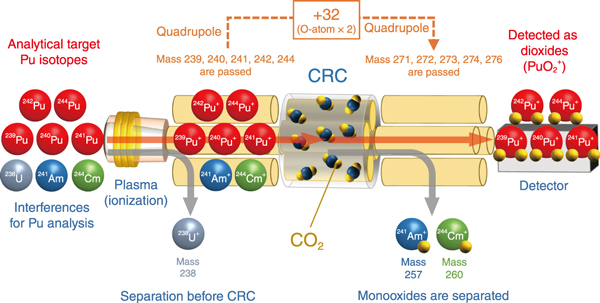
Fig.1 Reactivity of actinides with CO2 gas

Fig.2 Concept of simultaneous determination of Pu isotopes
Pu isotopes are important radionuclides to manage radiation exposure control and radioactive waste at the TEPCO’s Fukushima Daiichi Nuclear Power Station. Measurement of Pu isotopes (239Pu, 240Pu, 241Pu, 242Pu, and 244Pu) is necessary to obtain information on distribution and contamination levels. However, the conventional method using alpha-ray spectrometry requires a considerably long analytical time and high levels of efforts and techniques for separating radionuclides with energy similar to that of the alpha rays emitted by Pu.
Inductively coupled plasma-mass spectrometry (ICP-MS) allows measuring multiple radionuclides simultaneously and rapidly via mass spectrometric discrimination without any separation steps requiring handling by humans. However, the quantification is affected by co-existing isobaric interferences. 239Pu and 240Pu overlap with 238U hydride (238UH+ and 238UH2+) and 241Pu and 244Pu with 241Am and 244Cm, respectively. In this study, we developed a discrimination method to detect multiple Pu isotopes simultaneously in a single data acquisition using ICP-tandem mass spectrometry (ICP-MS/MS), in which the instrument is equipped with a collision reaction cell (CRC) between two quadrupoles.
First, we introduced several oxidizing gases individually (O2, CO2, and NO) into the CRC and investigated the oxidation behaviors of Pu, Am, and Cm. Pu was converted to dioxides (PuO2+) and Am and Cm were converted to monoxides (AmO+ and CmO+) by CO2 (Fig.1), making mass separation of 241Pu and 244Pu from 241Am and 244Cm possible. The 238UO2+ ion generated from 238U+ by oxidation in the CRC creates hydrides (238UO2H+ and 238UO2H2+) that interfere with 239PuO2+ and 240PuO2+. Therefore, 238U+ was removed at the quadrupole before CRC to suppress the formation of 238UO2 hydride. The combined separation of isobaric interferences (241Am+, 244Cm+, and 238U+) achieved remarkably low background counts for the mass of 239Pu, 240Pu, 241Pu, and 244Pu (as PuO2+). From these results, it is clear that Pu isotopes (239Pu, 240Pu, 241Pu, 242Pu, and 244Pu) can be measured simultaneously in one-shot data acquisition (Fig.2). Note that 238Pu is out of scope of this determination because it is removed along with 238U.
This method discriminates target Pu isotopes and their isobaric interferences without any human-handling separation process. Moreover, the simultaneous determination of Pu isotopes will lead to the development of a high-throughput analysis and contribute to the decommissioning of nuclear power stations.
(Makoto Matsueda)